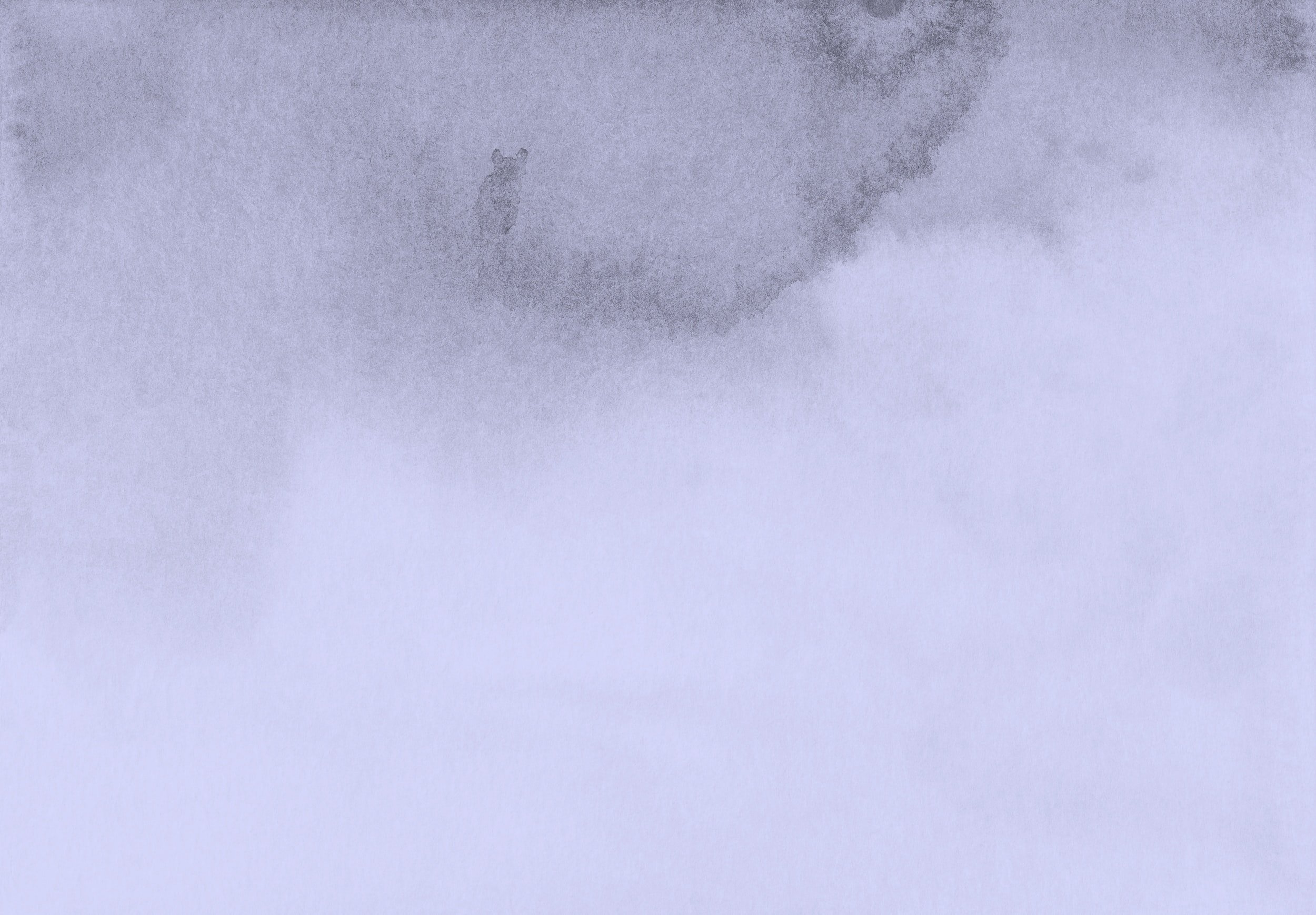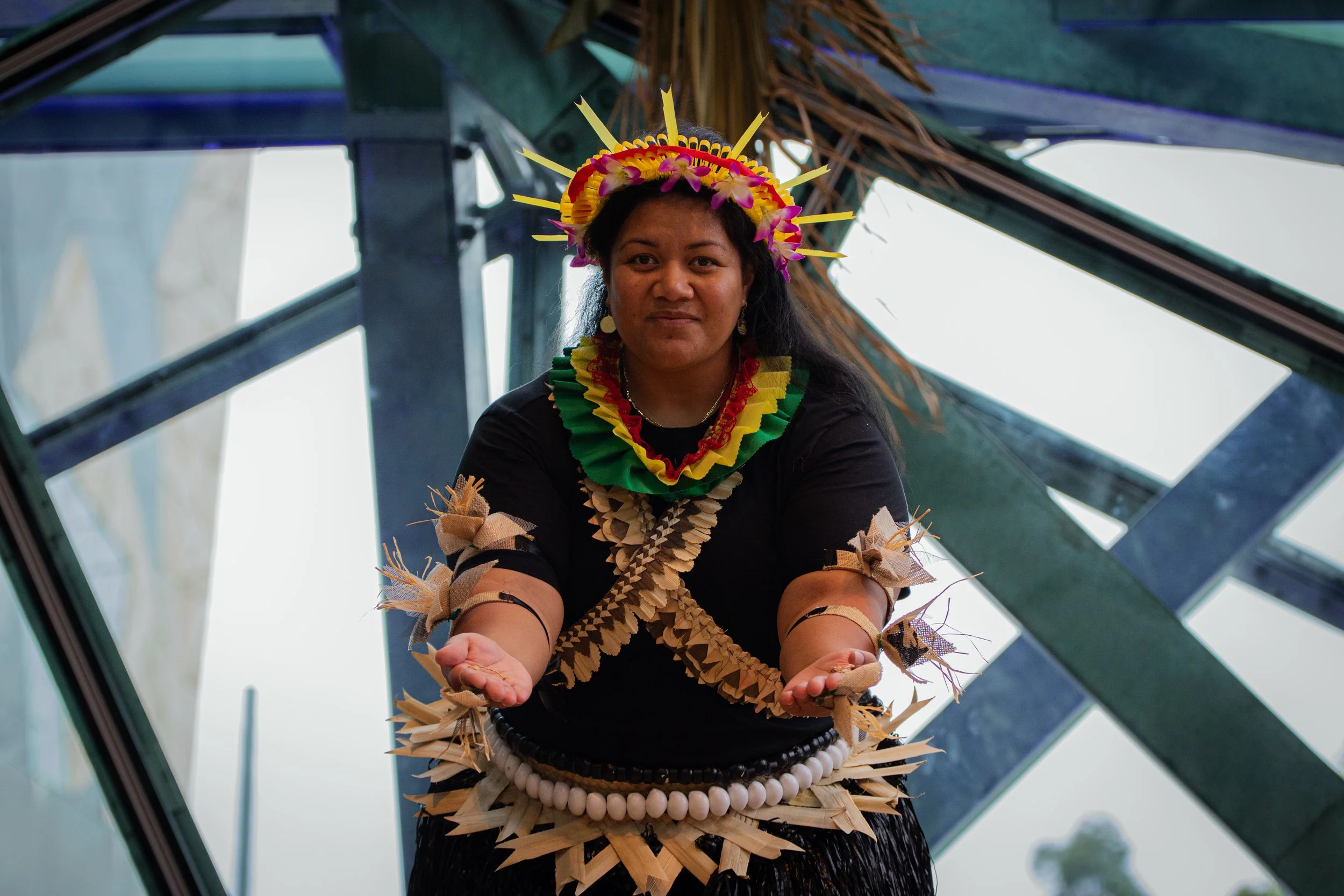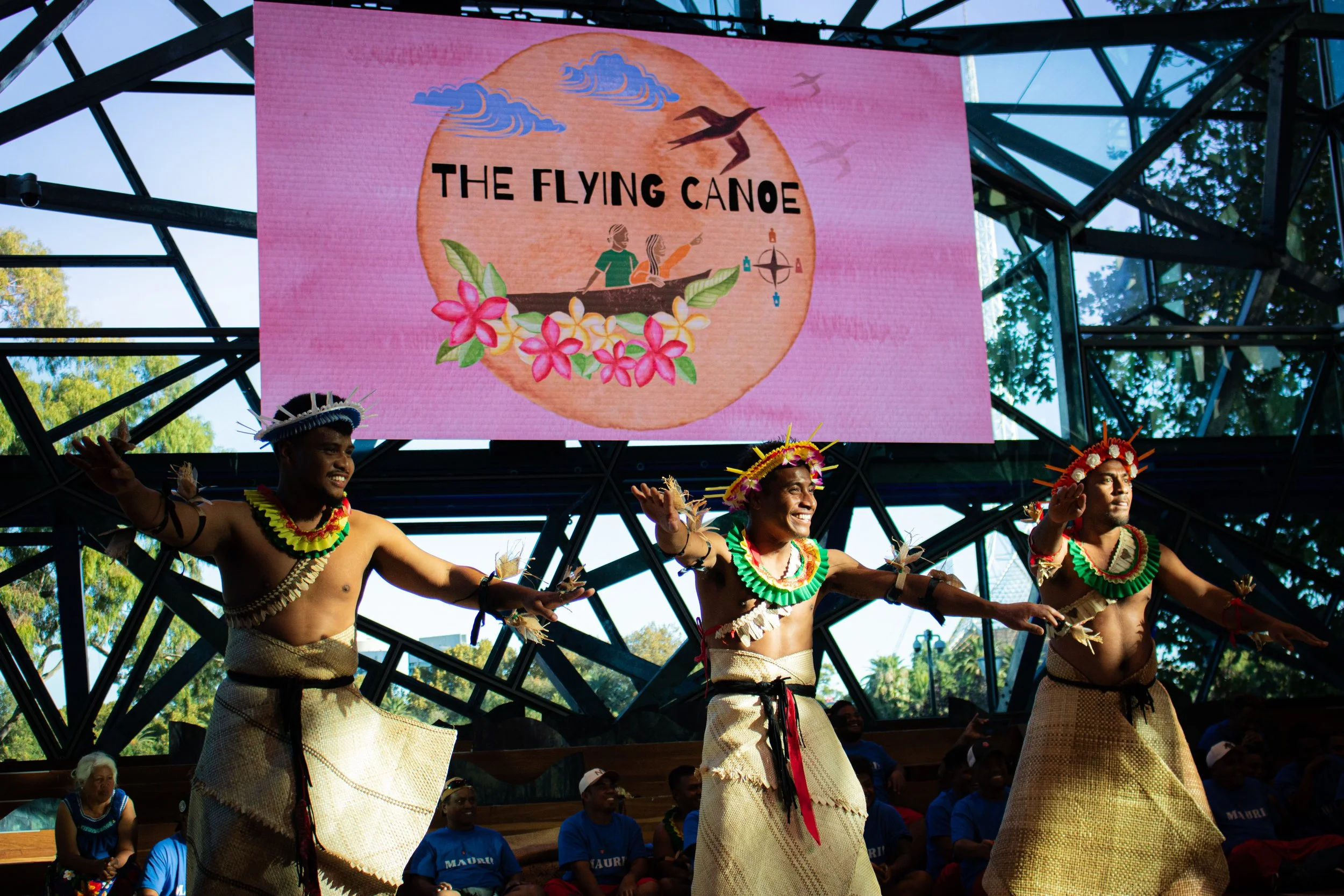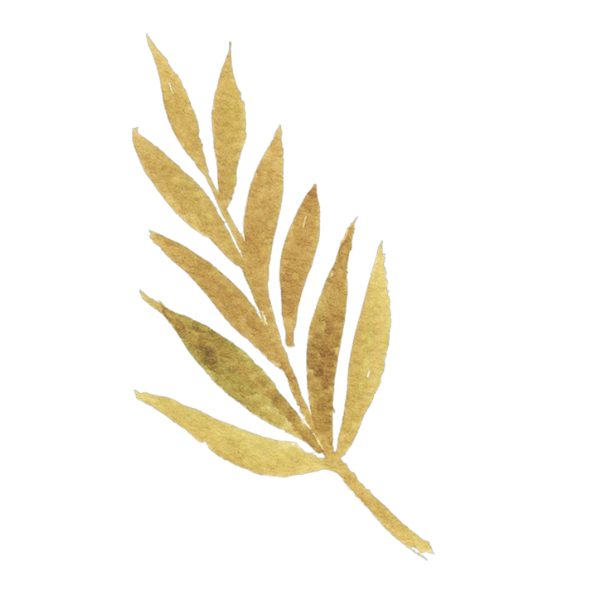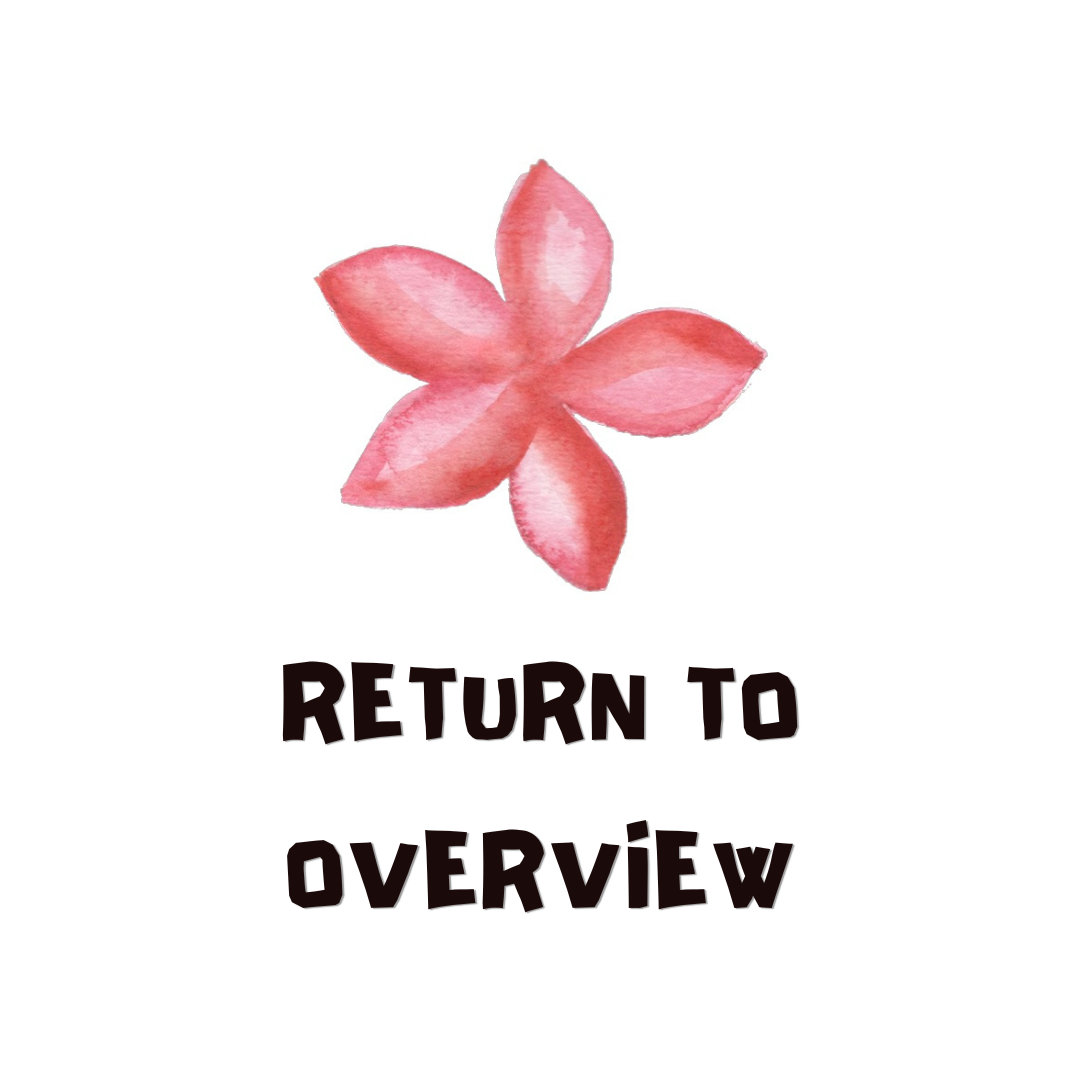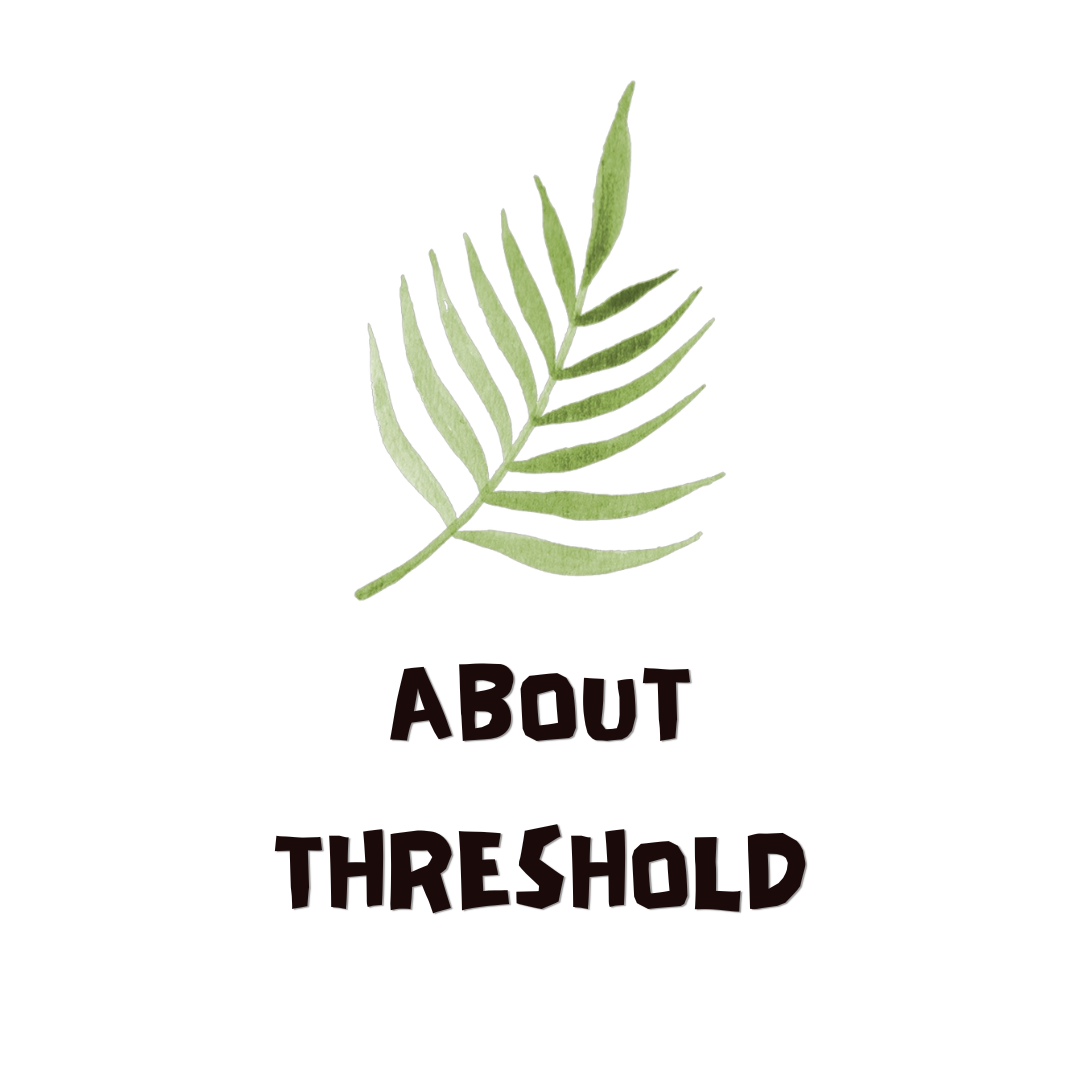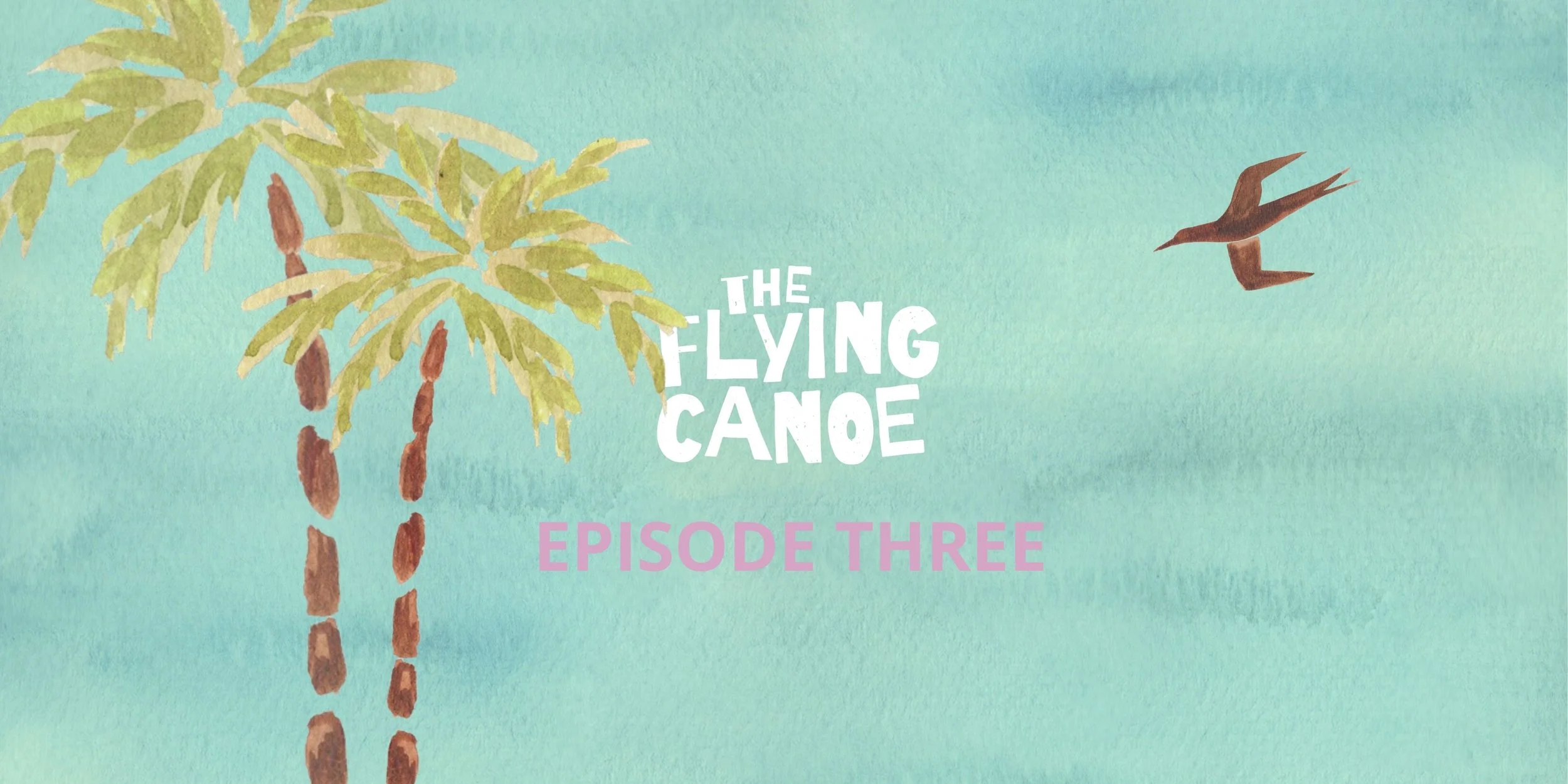
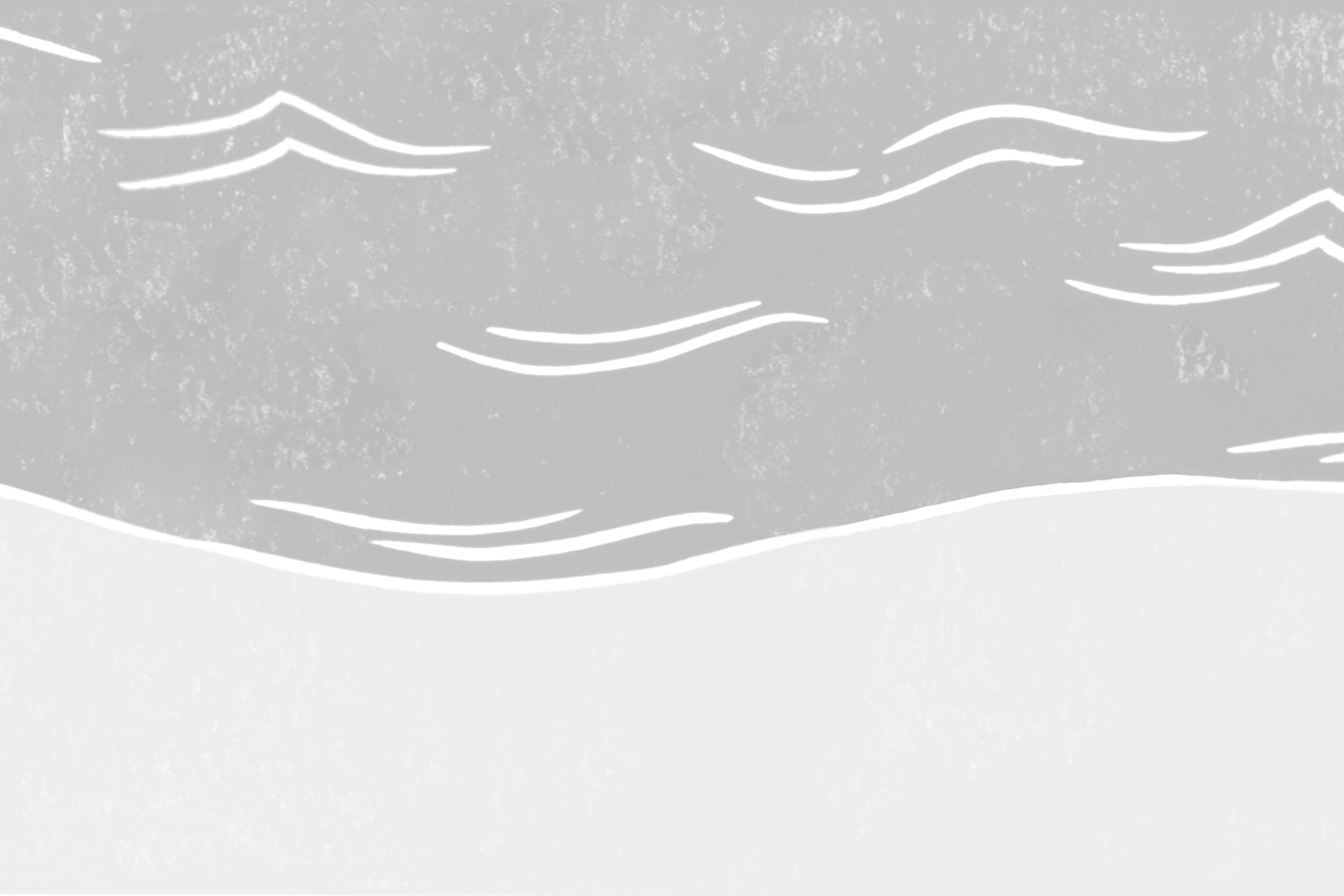
WELCOME BACK ADVENTURERS!
HERE WE ARE, TOGETHER AGAIN! WE’RE OFF TO THE LAGOON SIDE!

-
Themes: We use the things we have in reach; All together now
Making music and dancing in Kiribati is a community experience.
As you’ll see in the video below, some people sing, while other people dance.
Sit in a circle and place a box or drum in the middle of the circle.
Taking turns, tap out a rhythm sequence on the box which everyone repeats.
To make it more challenging, try using a part of your body to add to the rhythm. For example, a clap, click or stomp.
CURRICULUM LINKS:
The Arts/Music
AC9AMUFE01 Explore where, why and how people across cultures, communities and/or other contexts experience music
AC9ADMUFD01 Use play, imagination, arts knowledge, processes and/or skills to discover possibilities and develop ideas
-
Theme: All together now
You rarely sing or dance alone in Kiribati.
Choose a dance everyone knows. For example, a dance learnt in a performing arts unit, a cultural dance or something like the chicken dance or the Macarena.
Enjoy the dancing together as a class.
Discuss whether you like to dance by yourself or dancing with other people.
CURRICULUM LINKS:
The Arts/Dance
AC9ADAFD01 Use play, imagination, arts knowledge, process and/or skills to discover possibilities and develop ideas.

WHAT ROLE DOES DANCE PLAY IN KIRIBATI CULTURE?
Here is a video from Marita’s visit to Kiribati. On the night they arrived, they were invited to attend a celebration in the manweaba. Hundreds of people from across the island came together, and each village performed their own song and dance for the visitors.
Take note of the box in the centre, and the way that it used to keep everyone in time.
-
Themes: We use the things we have in reach; All together now
Discuss as a class:
Did you see the box placed in the centre of the floor?
Just like you have used a box to create rhythm, what do you think the box in the video was used for?
Describe how the dancers used facial expressions, gestures and other ways of moving to communicate their emotions and feelings when they danced?
How did you feel when you watched the dancing?
What do you think the dancers’ costumes were made from? Can you believe that Kiribati people use coconut to make parts of their costumes? Seriously, is there anything a coconut can’t do?
Is there a dance you know that is important to your family and/or culture and is it performed in a special place? If you can, share the dance and/or costume with your class.
CURRICULUM LINKS:
HASS
AC9HSFK02 The celebrations and commemorations of significant events shared with their families and others
AC9HSFK03 The features of familiar places they belong to, why some places are special and how places can be looked after
AC9HSFS04 Draw conclusions in response to questions
The Arts/Dance
AC9ADAFE01 Explore how and why the arts are important for people and communities

IT’S TIME TO JUMP BACK IN YOUR CANOES!
EPISODE CHECKLIST:
Set up your canoe
Check everyone is in their place in the canoe
Check your navigation points (North, South, Ocean side, Lagoon side)
Place the speakers on the South Side of the room if you can
Make sure you have Kinoia carefully concealed
Make sure you have your gifts for the Spirit
Practice your magic spinning! Na Ko Ep!
EPISODE THREE
-
In their ‘The Flying Canoe’ adventure journal, students draw and/or write an immediate response to the episode.
Share with teacher, elbow buddy, table group, and class.
CURRICULUM LINKS:
English
AC9EFLE02 Respond to stories and share feelings and thoughts about their events and characters
Health and Physical Education
AC9HPFP03 Express and describe emotions they experience
The Arts / Drama
AC9ADRFE01 Explore how and why the arts are important for people and communities.
-
Themes: Strangers are always welcome; All together now
If you remember, Kiribati has a lot of colourful and fragrant flowers. Kiribati people give beautiful crowns or garlands of flowers to welcome visitors to the island or special events.
As a class enjoy a walk through your school. Use your adventure journal to identify, draw or even photograph the flowers and foliage you see on your walk.
Smell the flowers and foliage. (Watch out for visiting bees and insects!)
Share your discoveries when you return to the classroom.
Make flowers from materials you have in the classroom - for example, tissue or crepe paper, or bring in flowers from home or from around the school. Make chains of flowers and foliage to create garlands to present to visitors to welcome them to your classroom.
CURRICULUM LINKS:
Health and Physical Education
AC9HPFP02 Practice personal and social skills to interact respectfully with others.
Science
AC9SFU01 Observe external features of plants and animals and describe ways they can be grouped based on these features
READY TO MOVE ON TO EPISODE FOUR?
CLICK ON THE CRAB BELOW!
